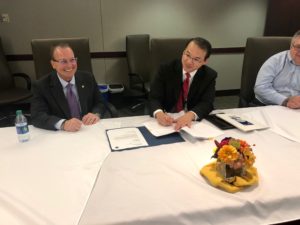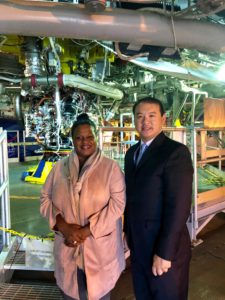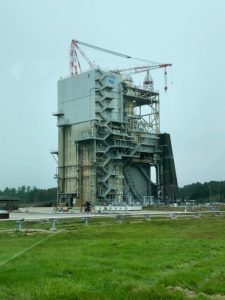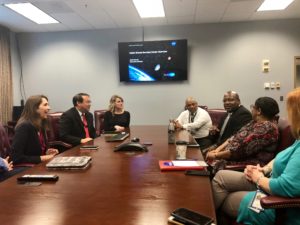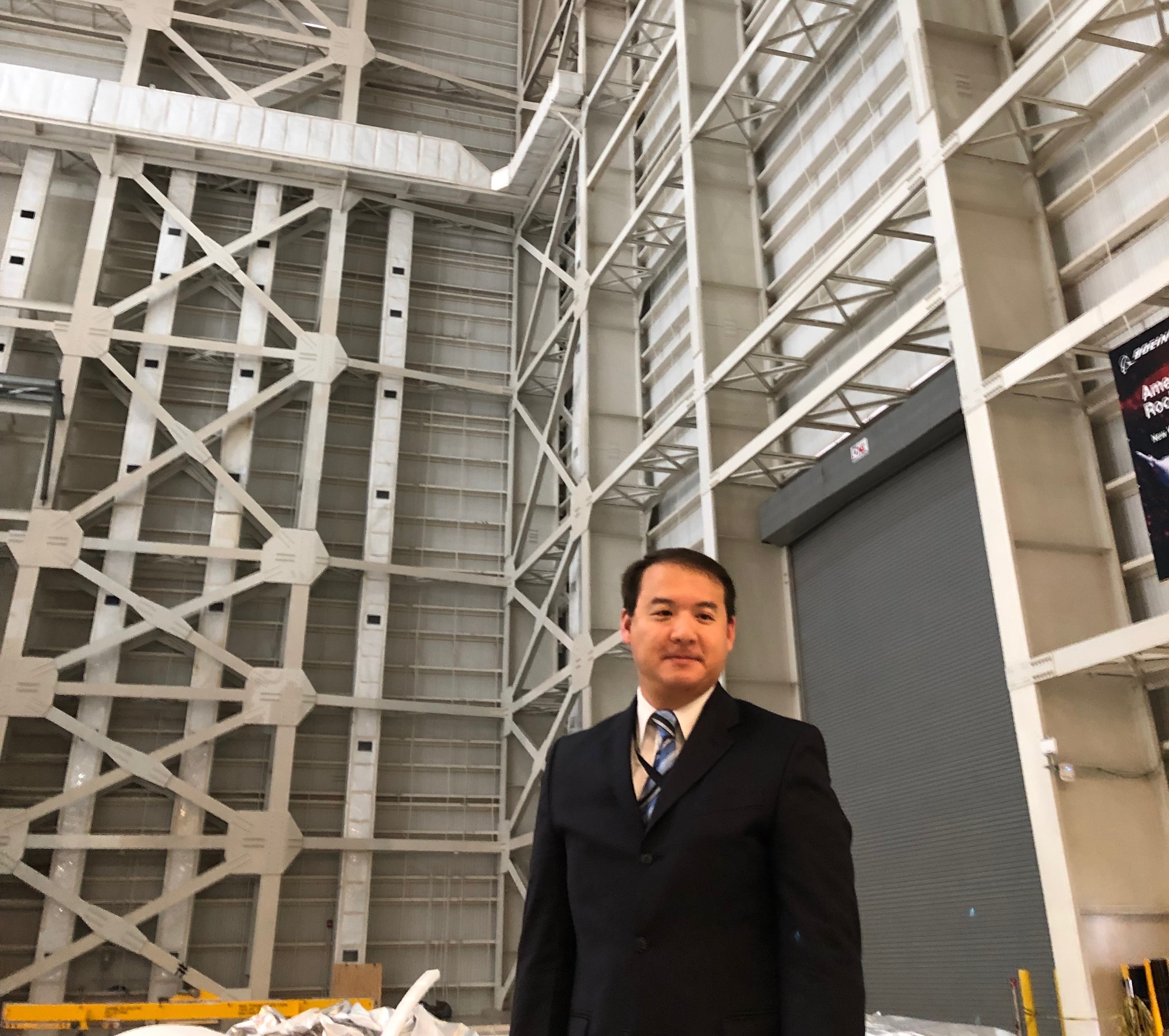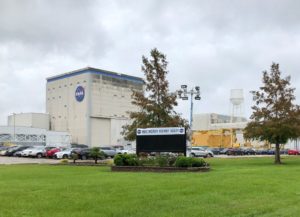
National American Indian Heritage Month is observed from November 1 – 30 of each year. The observance month recognizes American Indians for their respect for natural resources and the Earth, for having served with valor in our Nation’s military, and for their many distinct and important contributions to the United States.
What started at the turn of the century as an effort to gain a day of recognition for the significant contributions Native Americans have made to the establishment and growth of the United States has resulted in an entire month for that purpose.
In 1990, President George H. W. Bush approved a joint resolution designating November 1990 “National American Indian Heritage Month.” Similar proclamations, under variants on the name (including “Native American Heritage Month” and “National American Indian and Alaska Native Heritage Month”) have been issued each year since 1994.
The 2018 Native American Heritage Month theme, “Sovereignty, Trust, and Resilience,” is a time to recognize, remember, and reflect on the many contributions of Native Americans, and also educate Americans about the various Native American tribes that have graced U.S. land while raising awareness about the many challenges Native Americans have faced.
Native Americans have contributed much to science. Some of the best examples come to us from the world of food science. Native Americans cultivated and bred some of the most popular and economically important foods today, including corn, beans, potatoes, peanuts, and many others. Over the centuries, Native Americans also contributed much to medicine. Their medical systems were quite complex and included the use of narcotics, anesthetics, enemas, psychotherapy, and much more. Perhaps the best examples of Native American contributions to modern medicine include medications based on:
• Quinine, used for the treatment of malaria
• Ipecac, which has been used to cause vomiting in cases of poisoning
• Curare, derivatives of which have been used in anesthesia
Besides food and medicine, Native American science has contributed in many other ways. For example, in engineering, the way Native Americans had constructed their Pueblo (adobe) homes has been found to decrease temperatures inside the home in times of extreme heat by a significant amount and make the heating of such homes, in cold weather, very efficient.
As we recognize the many contributions of Native Americans, I want to take this opportunity to reinforce our commitment to equal opportunity, diversity, and inclusion and thank the many talented Native Americans of NASA at all levels of the organization, whose diligent leadership and commitment help us accomplish NASA’s mission.
I invite all employees to frequent the ODEO blog to get information on various activities across NASA and to view the new Native Americans at NASA poster. I also encourage you to participate in events in your communities.
Stephen T. Shih, Esq.
Associate Administrator
Office of Diversity and Equal Opportunity



